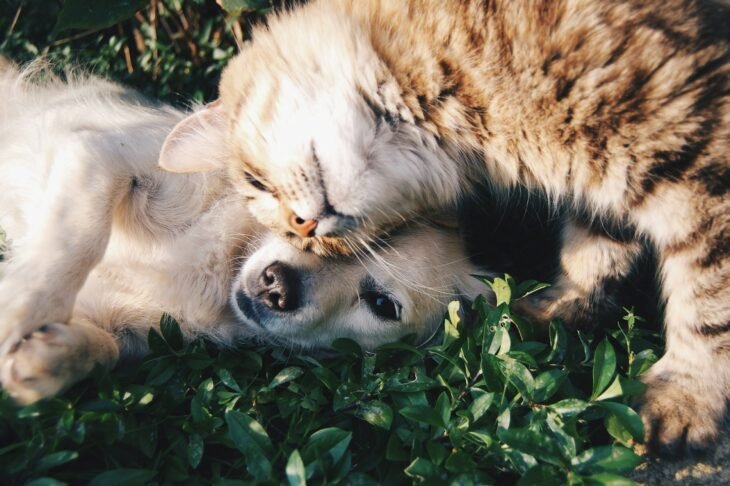
A Guide to Reptile Food Options
Have you ever been interested in adopting a reptile? Whether it’s basic care, housing, or food, reptiles are surprisingly easy to manage.
Building a relationship with your new pet begins with understanding and minding for their basic needs. Knowing about reptile food types is an essential step in building a healthy bond with your new friend.
Are you thinking about having a pet reptile? If so, this guide to feeding them may help. Here are some food options to consider incorporating with your new pet.
Let’s get into it!
Contents
A Variety of Foods for Different Types of Reptiles
A variety of foods for different types of reptiles is a great way to ensure your pet reptile enjoys a diet that is both nutritionally balanced and varied.
Carnivorous Reptiles
The most common food options for carnivorous reptiles include mice, rats, and other small mammals, although some species may also eat insects. However, live prey should be handled with caution at all times, as both the prey and the reptile can become stressed and potentially injured.
For species that must eat live prey, a supply of pre-killed prey can be stored in a freezer to avoid the need for daily handling.
Herbivorous Reptiles
Herbivorous reptiles need a diet that is high in plant material. In order to best mimic their natural feeding habits, you must provide them with the vitamins and minerals they need.
A variety of food options are available for these types of reptiles, including leafy greens, flowers, and fruits. In addition, many herbivorous reptiles dart into the water occasionally to graze on green algae or seaweed.
Omnivorous Reptiles
Insects and spiders, such as locusts, crickets, grasshoppers, earthworms, and silkworms, can remain their main source of food. Vegetables should also be included as a main source of food for them, as they are packed with vitamins and minerals, and are particularly important for tortoises.
Kinds of Reptile Food to Avoid
Avoid feeding your reptile processed or canned foods such as pet store mixes. This can contain preservatives and artificial colors as well as not offering much in terms of nutrition.
Additionally, beef heart, liver, or other organ meat is not healthy for reptiles as it can contain high levels of fat. Instead, feed them high-quality foods such as insects, plants, fruits, berries, and vegetables that have been washed and properly prepared.
For those reptiles that require live food, you should purchase them from a reputable source and freeze the insects first to kill any potential parasites. You can also check out these helpful tips for the best reptile diet!
A Guide to the Best Way to Feeding a Reptile
There is a wide variety of reptile food options available in the market. From insects like crickets and mealworms to fresh produce like fruits and vegetables and pre-made food, it can be difficult to choose the best option for your pet.
Whenever in doubt, it’s always best to consult a reptile specialist for advice on what to feed them.
Did you find this article helpful? Check out the rest of our blog now!


